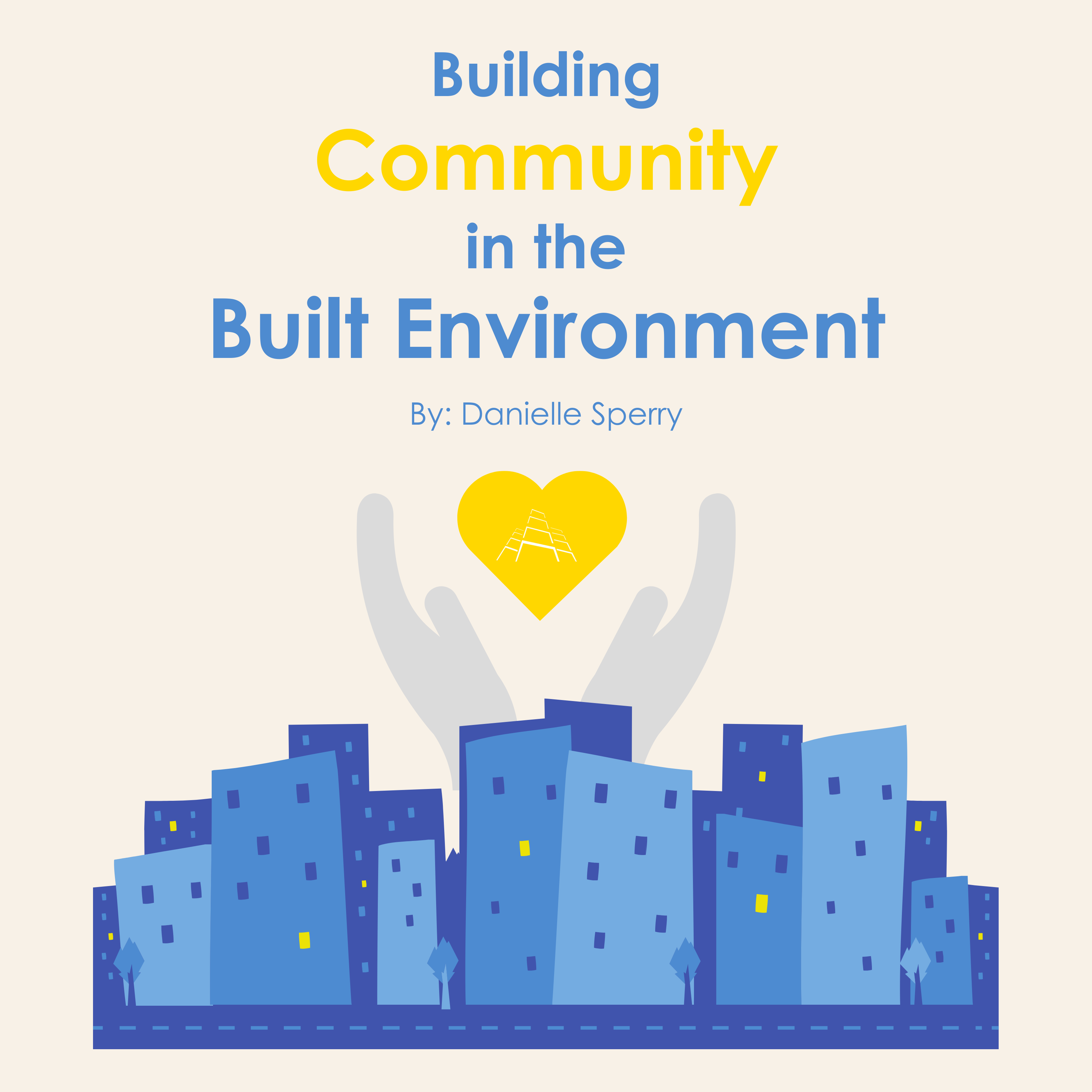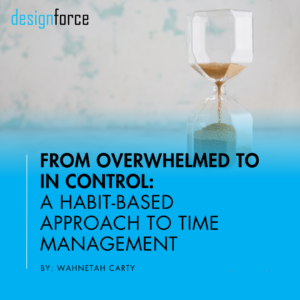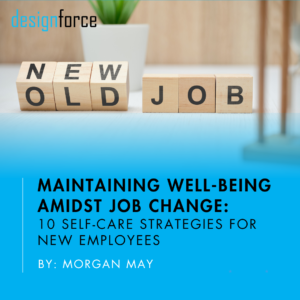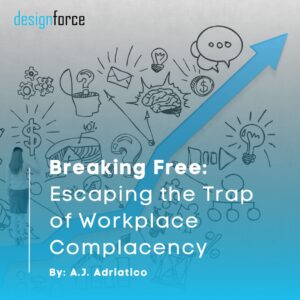Due to more job shifting than ever before, we are likely to see more high-performing individuals seeking new opportunities for employment. In order to engage employees as much as possible, companies have begun to consider all facets of an employee’s life. This has led to an emergent interest in how connectedness within their community may impact their desire to stay at a company, including fully embedding them in their community through engaging different types of community connections and resources.
Communities can look different for various groups but are typically built on the foundation of similar ideologies and beliefs. Depending on cultural alignment, available resources in the area, and social connections, the strength of the bond with that community can vary. While a lot of community engagement happens after work hours, organizations are starting to discover how communities can aid their employees in transitioning into the company and preserve employee relationships over a longer period of time. AEC industry professionals are responsible for creating environments and spaces that promote a sense of community. functionality, and safety. We often ask ourselves how the built environment impacts the community, but we rarely reflect on how the community can impact professionals within the built environment.
The theory of community embeddedness suggests that community factors may cause employees to develop a feeling of being uniquely integrated into a web that differs from work-related factors. Embeddedness has been shown to be more predictive of turnover-related measures when compared to measures of satisfaction. Research even suggests that embeddedness facilitates retention more than organizational commitment and job satisfaction combined. In contrast to traditional reasons for staying, such as normative pressures, bonuses, or contracts, these community bonds may be a more motivating force to feel emotionally connected and perceive higher costs of leaving. This relationship manifests best when there is compatibility between the individual and organizational mission, as well as social connections within the community. These forces of connection within the community can look like:
- Community fit: the extent to which individuals’ needs and interests are congruent with the community’s environment.
- Community links: the number of ties individuals have with other people and activities, such as extended family members who live nearby.
- Community sacrifices: the resources individuals would lose if they left their communities, such as easy access to recreational areas and cultural opportunities.
These three facets of community embeddedness are important to organizations for a few reasons. If an employee feels supported by their community and network connections, they will likely be provided with resources to expend energy in other parts of their life, including work and non-work activities. Social support is a primary resource that can emerge from community connections. This can be protective against strains on their time and give them the bandwidth to engage more with other passions rather than coping with family and work demands. This resource surplus means they can invest more energy beyond basic functioning and employee responsibilities; therefore, this can look like someone being able to attend more of their children’s soccer games or work happy hours, or even feeling more equipped to take on additional work training and career development programs. By making work and non-work life enriched in the community, we can build more genuine relationships and opportunities for growth. Below are some helpful strategies for applying this framework in your workforce.
Engaging in intentional people strategy: Community is built upon shared interests and a collective mission, so the hiring process should be reflective of this through identifying career professionals who have the best culture fit as well as placed in their preferred location as much as possible. Through the onboarding process, it is helpful to intertwine ample information about the surrounding community and provide information about resources such as the best place for weeknight karaoke or the top-rated childcare facilities.
Providing access to resources of community support: For new hires, it can be beneficial to help them connect with community activities and members. This can be as simple as providing some recommendations for fun lunch spots in the area or community groups that reflect their similar interests. Another cost-effective method could be to sponsor local events and social outings such as volunteering where the intentionality is connecting the activity to the surrounding community. On a more tangible note, this support can also be reflected through competitive benefits packages that reflect “community” such as childcare and healthy wellness practices in their particular geographical location.
Fostering mentor programs: The creation of mentoring and professional coaching programs fosters a strong, reliable connection immediately that provides a new hire a point of contact within the organization. This should be done by matching similar career trajectories and personalities in order to yield the greatest success. Additionally, the mentors should feel equipped for this task through supportive leadership training to educate on successful mentoring strategies. Instrumental support through management mentoring programs as well as flexible scheduling and family-friendly programs allow for opportunities to pursue social bonding more easily at work and in the community.
For companies, the application of one or more of these aforementioned strategies may lead to long-term benefits of satisfaction and engagement within their company. The built environment shapes a location- it can be a restaurant for people to eat, an office for people to work, a park for people to play, or an apartment for people to live in. However, Architects and Engineers alike work together to bring functionality and community-building to these gathering spaces. If we strive to achieve this in our craft, we should extend this intentionality into our work policies to take the community from design to implementation in our organizational culture.

Related Posts
Let's learn together.
Stay inspired and in the know on all things A|E|C.
Sign up for our monthly newsletter.










